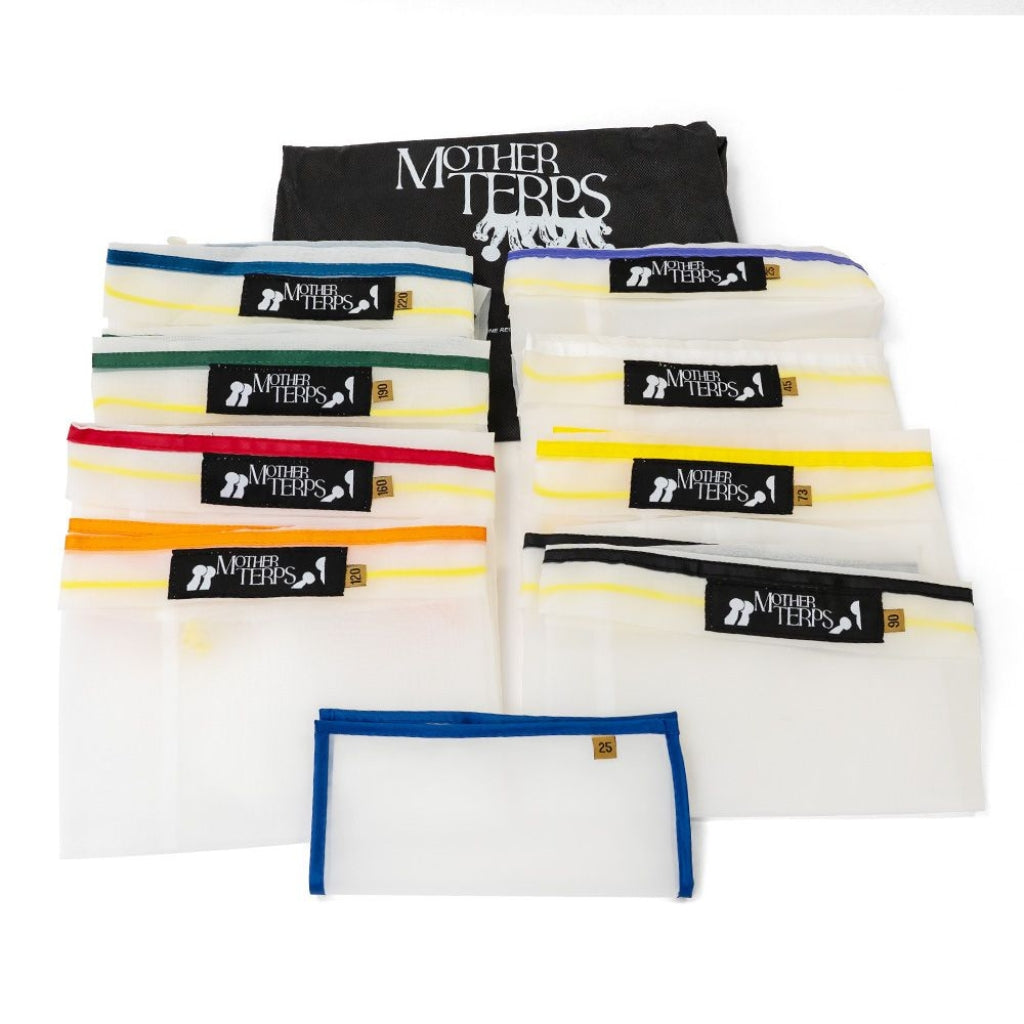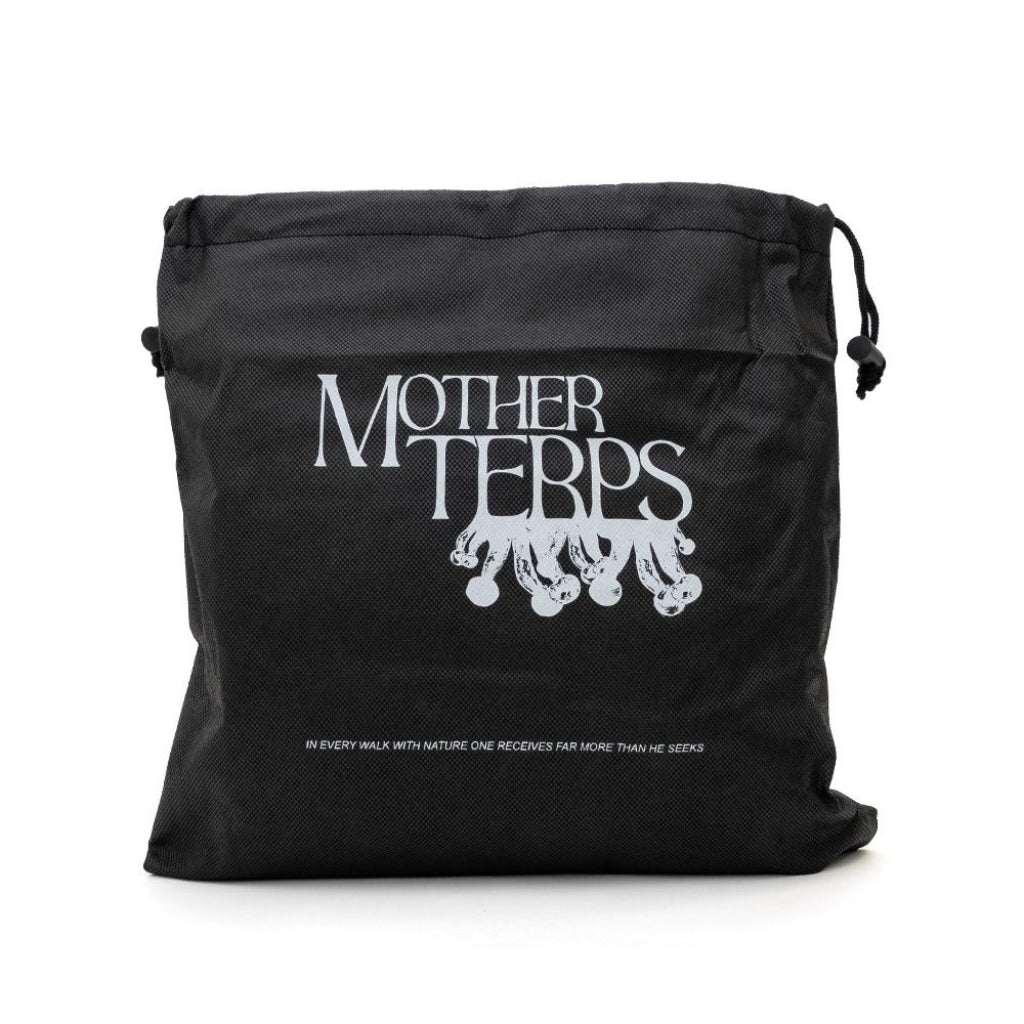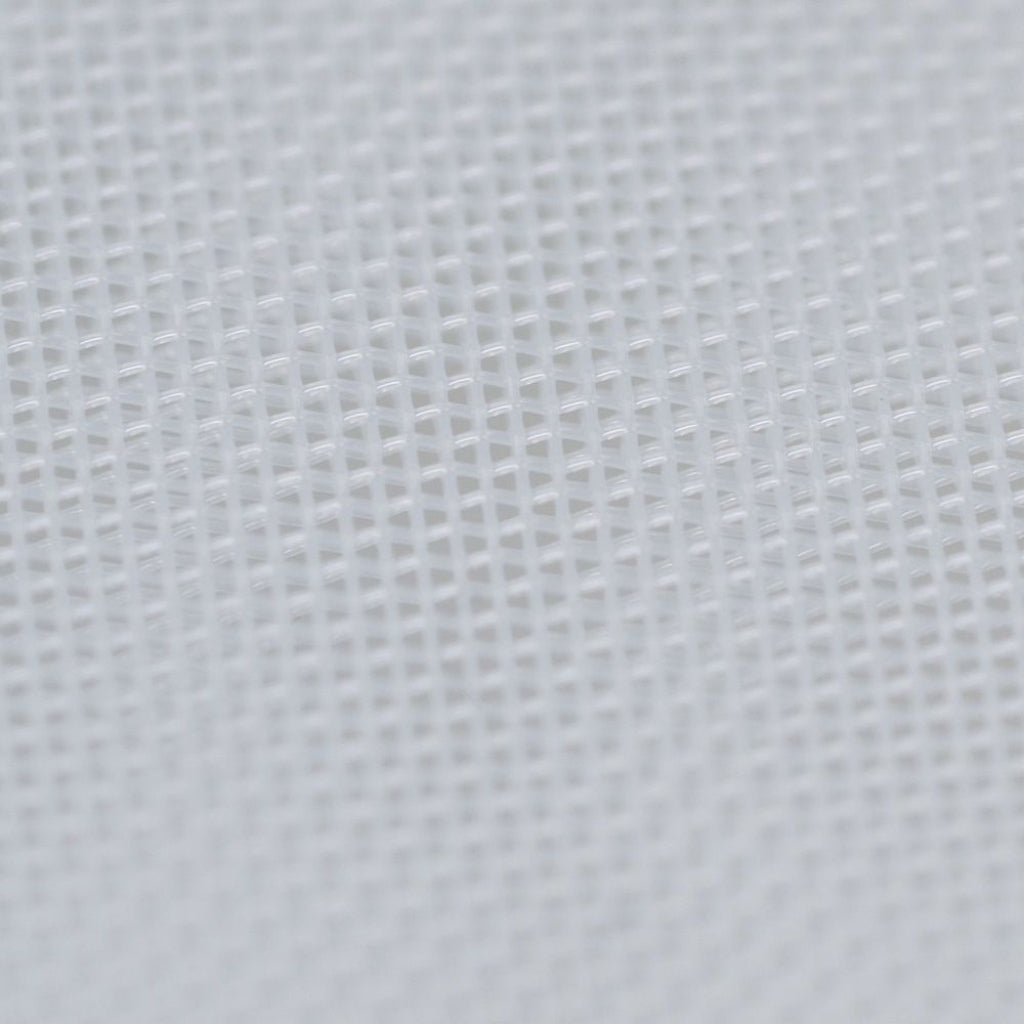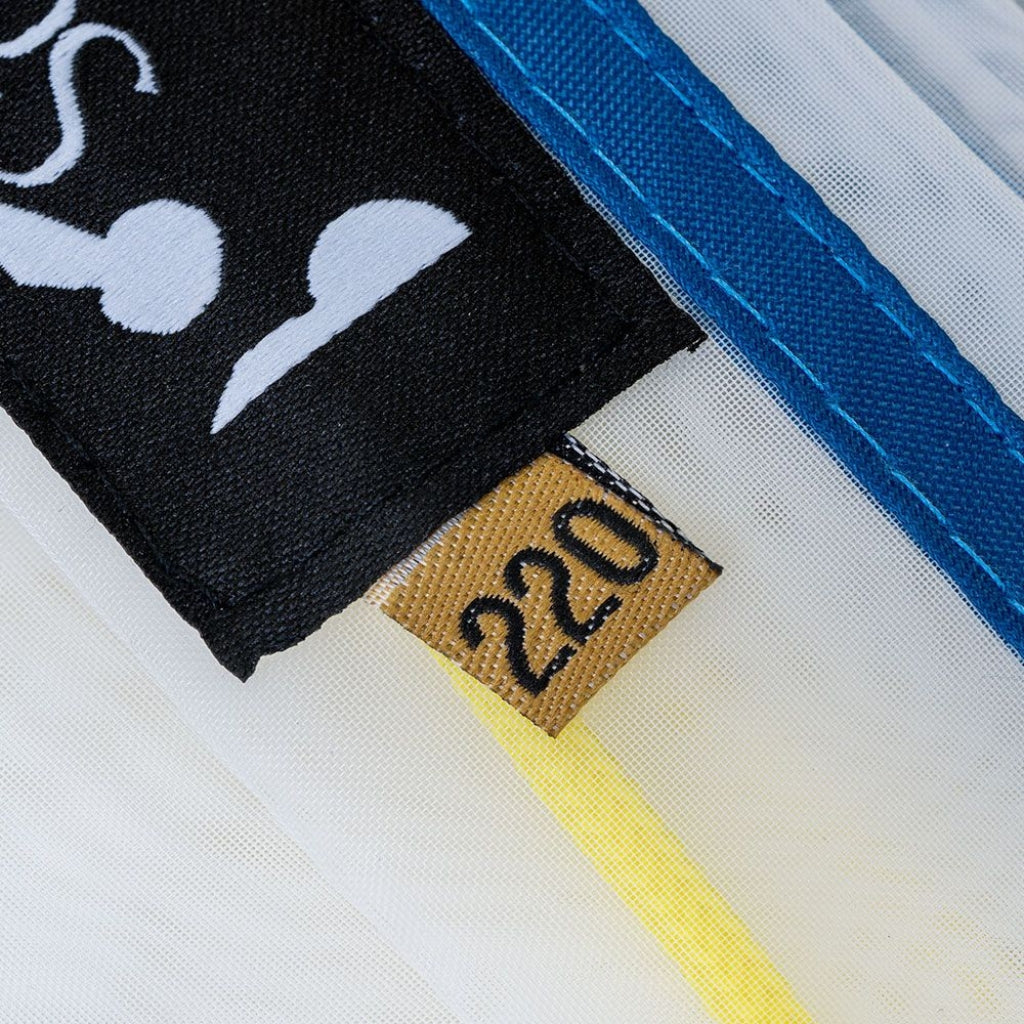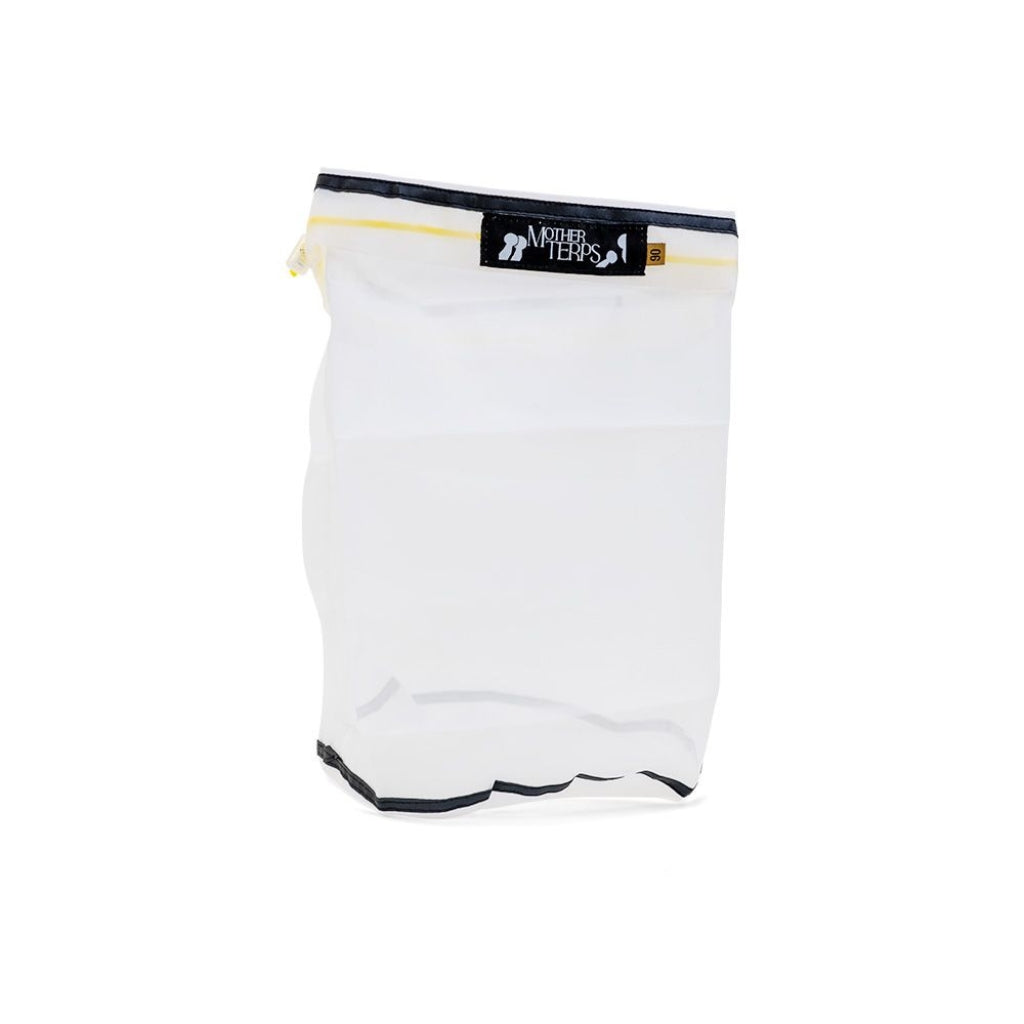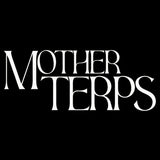Mother Terps Bubble Bags 5 Gal 8 Bag Kit
Mother Terps Bubble Bags 5 Gal 8 Bag Kit is backordered and will ship as soon as it is back in stock.

Couldn't load pickup availability
Mother Terps Bubble Bags 5 Gal 8 Bag Kit
Description
Description
Get the best out of your extracts with the Mother Terps Bubble Bag 8 Bag Kit (5 Gallon / 20L). The high-quality materials and stitching used in the construction of these bubble bags ensures a consistently high-quality product time after time. Comes with convenient carry bag and 25 micron pressing screen.
This solventless method of ice extraction is a low-cost, safe and effective way of obtaining resin glands which can then be used or processed further in a Rosin Press. The eight colour-coded 5 gallon bubble bags each come labelled with their respective micron sizes and are easy to discern. This set comes with the following microns: 25, 45, 73, 90, 120, 160, 190 and 220.
What's in the box?
- 1 x 220 Micron Bag
- 1 x 190 Micron Bag
- 1 x 160 Micron Bag
- 1 x 120 Micron Bag
- 1 x 90 Micron Bag
- 1 x 73 Micron Bag
- 1 x 45 Micron Bag
- 1 x 25 Micron Bag
- 1 x 25 micron pressing screen
- 1 x Durable re-usable carry bag in black
Mother Terps bubble bag kit are essential tools used in herbal extractions. The Mother Terps Ice-o-later bag design is optimal for collecting a highly concentrated form of herbal extracts. These bags help separate the resin glands, AKA trichomes, from the plant material. The bags are popularly used in ice water extraction, as a solventless extraction tool which relies on cold temperatures and agitation to break off the trichomes from the plant matter and filter them through the various micron-sized screens in the bags for later collection.
The Mother Terps Bubble Bags 8 Bag kit comes in full mesh for optimum and easy collection. It also features a 25u pressing screen & a slick carry pouch.
How does the Bubble Bag Work?
- Place plant matter into bucket of ice water.
- Gently stir and agitate for several minutes (long and slow is better).
- Place Bubble Bags inside of each other in order, with the largest micron bag inside the next largest. The smallest 25 micron bag should be one the outside and have all other bags contained within it, with the largest 220 Micron Bag on the inside.
- Place bubble bags into empty bucket or container.
- Pour mixture of ice water and plant matter gently through bubble bags.
- Slowly lift the inner, largest micron Bubble Bag out; ensure all water falls through and all plant matter and remaining ice is contained. The contents of this bag can then be reused for a second or even third run.
- Slowly lift the next bag out of the water; ensure as much of the contents as possible have collected on the screen. You can dip the bag back into the water or spray the inside of the bag with a gentle jet of water to knock it down on to the screen. If you plan on doing further runs, then save this step only for the last run.
- Turn bag inside out onto the bottom of an appropriately sized bowl.
- Use a spoon, plastic card, spatula or similar object to scrape product off screen and place on to greaseproof paper to dry.
Micron Sizes and Their Uses
25 Micron Bag: Purpose: This is the finest mesh size used to collect the smallest trichomes; this grade is often not viewed as premium and is used for secondary purposes. The output of the 25u is often viewed as the food grade/ lowest quality grade of material.
Output: Produces a small trichome gland product with minimal plant material.
Placement: Typically used as the final bag in the filtration process.
45 Micron Bag: Purpose: It filters slightly larger trichomes than the 25-micron bag, capturing more ripe resin than the 25-micron. However, this is often still viewed as a lower-quality product. It is typically the larger-yielding secondary grade.
Output: Produces a very pure product.
Placement: Used before/ above the 25-micron bag to refine the collection process.
73 Micron Bag: Purpose: Known for capturing a good balance of quality and yield, this is one of the most sought-after ranges and is, as such, extremely popular. It is viewed as a prime-quality collection bag.
Output: Produces a medium-fine product with slightly larger glands that packs a heavier potency and a even better yield.
Placement: Commonly used after the 45-micron bag.
90 Micron Bag: Purpose: Filters slightly larger particles than the 73-micron bag, often considered the crème de la crème. Incredible quality can be found in this collection bag.
Output: Produces a high-quality product with a good balance of purity and yield.
Placement: Used after the 73-micron bag for an extra filtration step.
120 Micron Bag: Purpose: Captures medium-sized trichomes, balancing quality and quantity, some producers view this as the optimum size, it is definitely great quality resin that is found here.
Output: Produces a coarser product but still retains significant potency.
Placement: Often used before the finer micron bags to remove larger trichomes.
160 Micron Bag: Purpose: Filters larger trichomes and some plant material, helping to clean the final product. This bag is often viewed as food grade material and is definitely of lower quality.
Output: Produces a product with a mix of trichomes and some plant material.
Placement: Typically used before the 120-micron bag.
190 Micron Bag: Purpose: Primarily used to capture larger plant debris and trichomes. This bag is the clean-up bag and usually catches a lot of contaminants.
Output: Results in a rougher end product with more plant material.
Placement: Used before the 160-micron bag to remove larger particles.
220 Micron Bag: Purpose: This is the coarsest mesh size, often called the work bag which is designed to catch the largest particles and plant material / heavy contaminants in there.
Output: Captures the bulk of plant debris, ensuring cleaner material passes to the finer bags.
Placement: The 220 bags is normally used as the first bag to filter out the most significant contaminants.
Dispatch & Delivery Info
Dispatch & Delivery Info
We aim to dispatch all orders made within 24hours of the order being placed. some items may have a lead time, please check the product page for an accurate shipping time: Monday-Friday. We do not dispatch on weekends or bank holidays.
All orders are sent in plain packaging with no external logos or indication as to what's in the box.
Shipping for In stock items
Items we hold in stock can be sent on a economy or express service. We offer different rates depending on weight. Our prices are:
Rate name Condition Price
Economy courier (FEDEX/UPS/DHL) - Free (UK) When You Spend Over £400
Express courier (FEDEX/UPS/DHL) - £8.99 GBP
RM Tracked 48 Large Letter 0kg 0.7kg - £2.99 GBP
Royal Mail Tracked 24 0kg 2kg - £4.99 GBP
Royal Mail Tracked 48 0kg–2kg - £3.99 GBP
Order in items (Large or bulky extraction equipment)
Items we order in from our suppliers will be clearly labelled on the product page with an estimated order to delivery time. Once your order is placed, we will contact you to give you an accurate time of when to expect your order and if you're happy to procced. If any delays occur you will be notified immediately.
If an item is out of stock
If you place an order and that item is out of stock, we will contact you immediately and offer a suitable upgrade or a full refund
Payment & Security
Payment methods
Your payment information is processed securely. We do not store credit card details nor have access to your credit card information.
This website is SSL secure.

